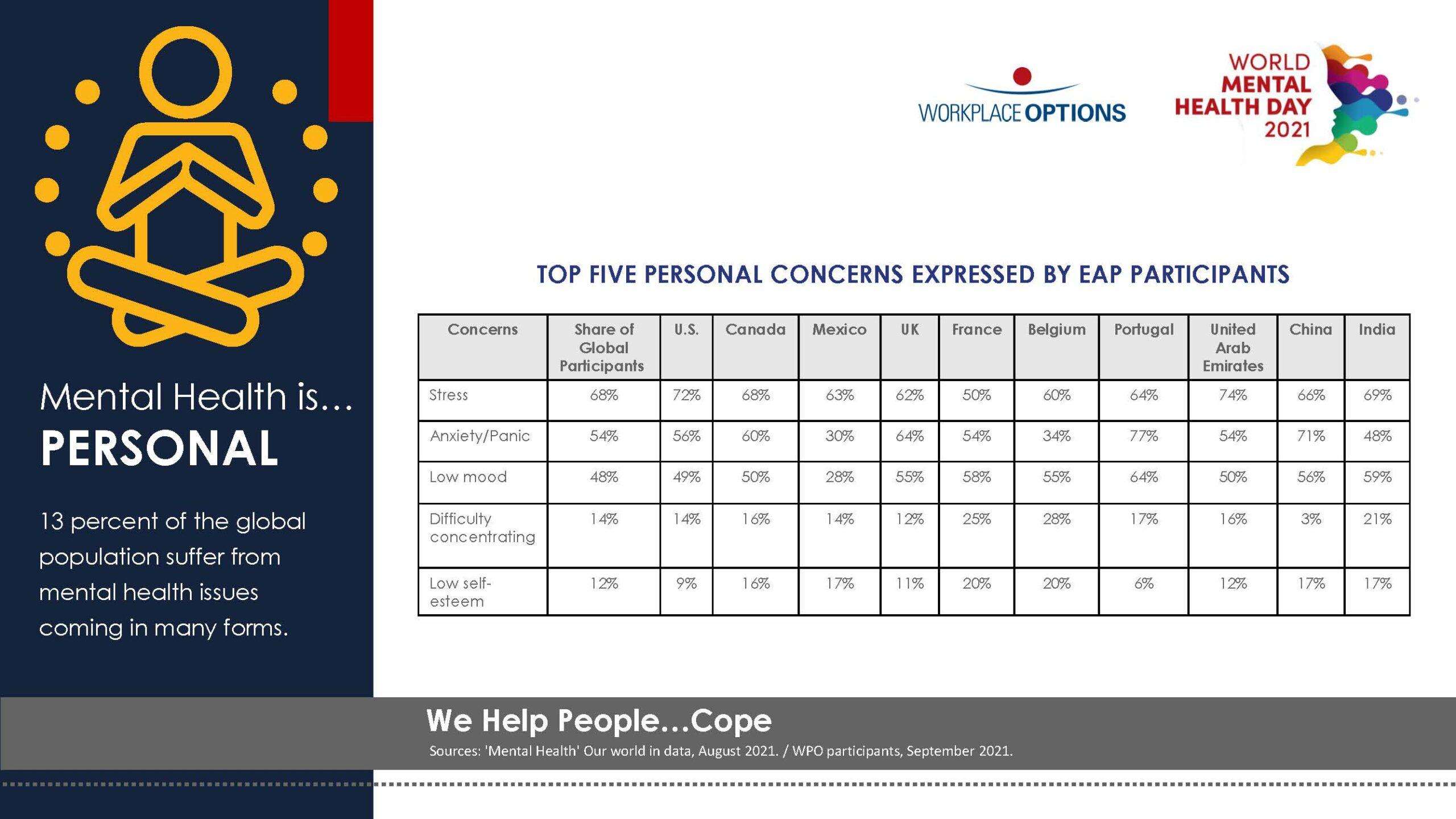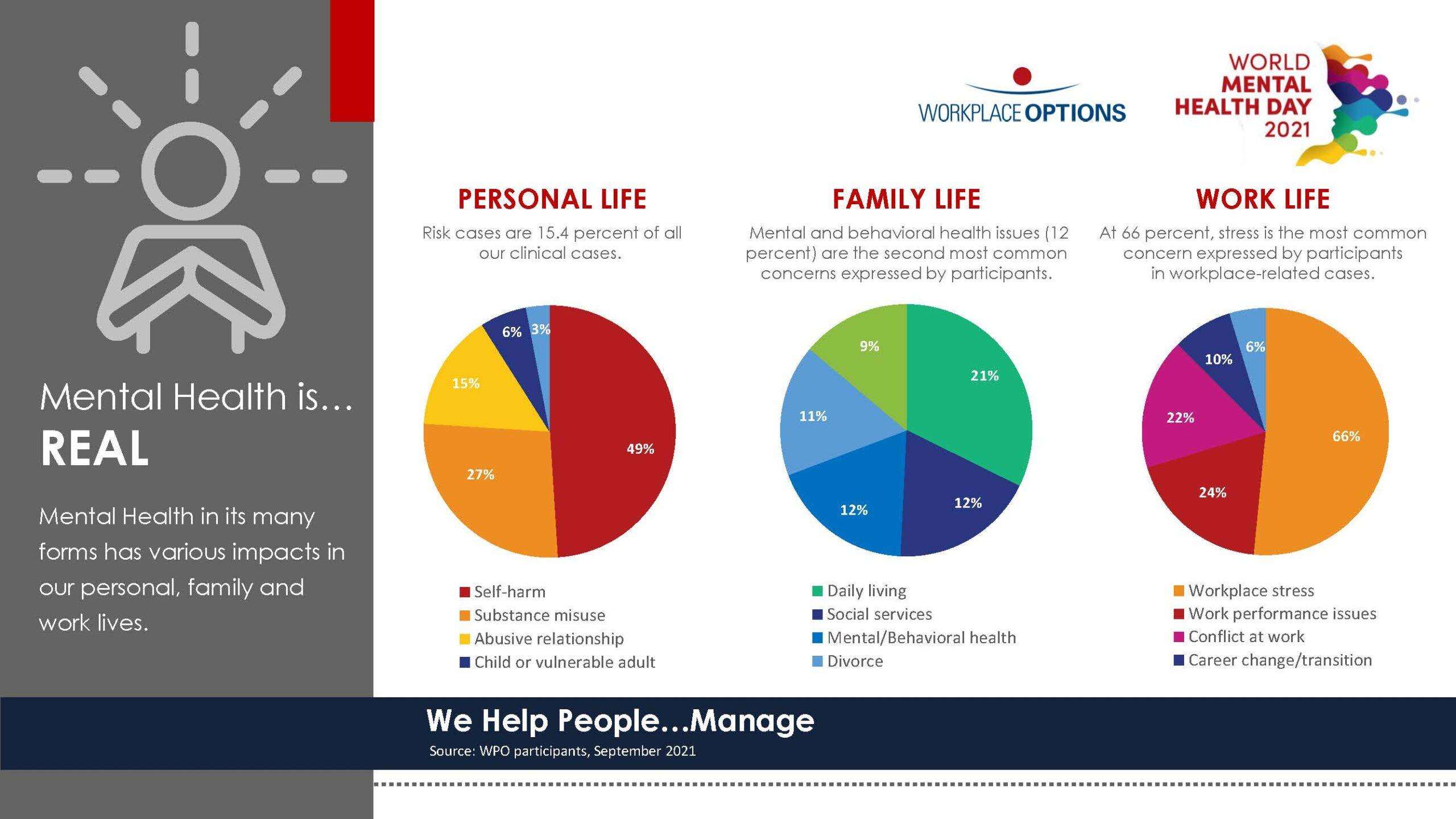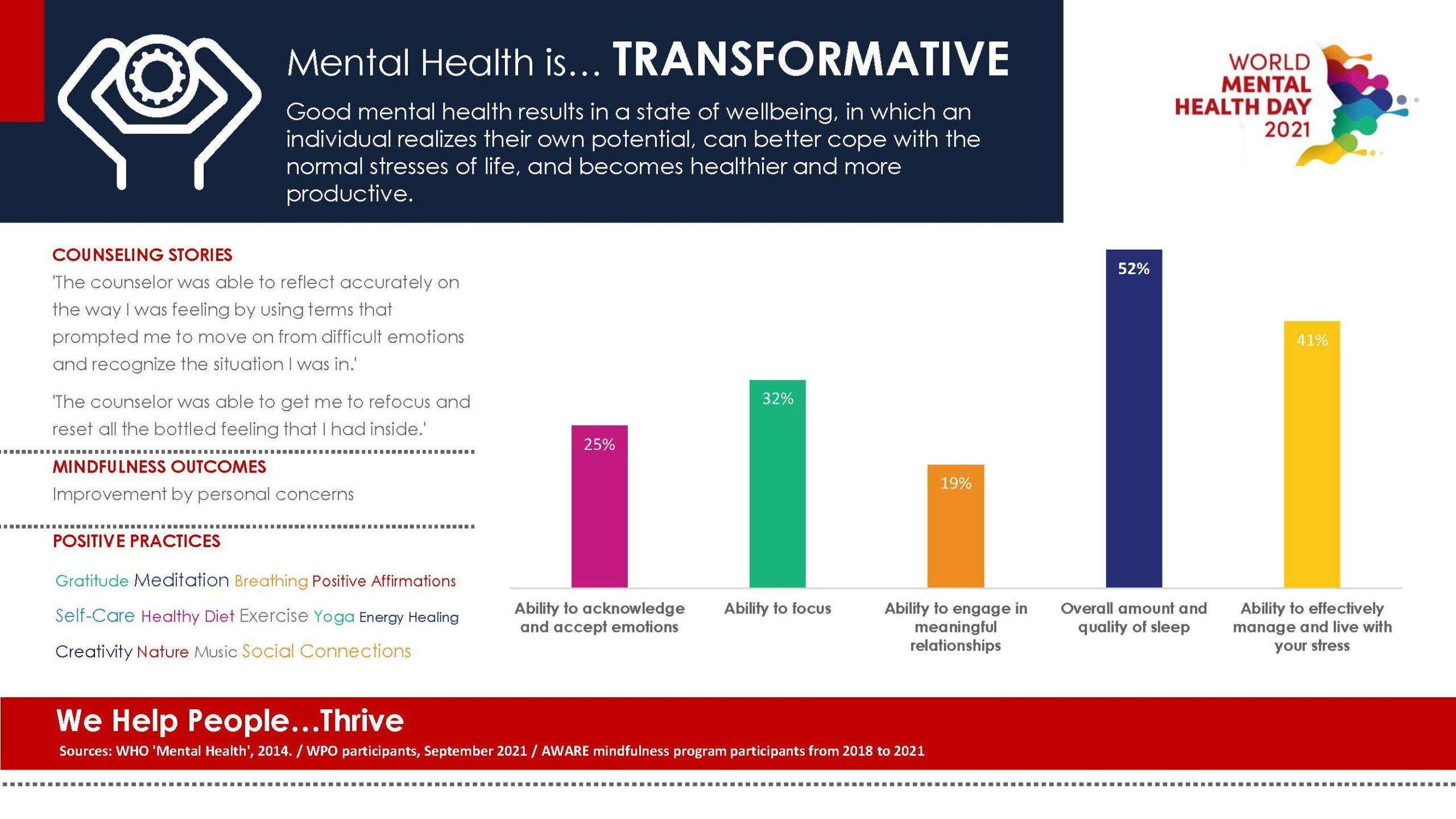Mental Health is an important aspect
of overall health & well-being.
It refers to a person’s emotional, psychological, and social well-being, and it can affect how they think, feel, and behave. Mental health disorders, such as depression, anxiety, and bipolar disorder, are common and can have a significant impact on a person’s daily life.
There are many factors that can contribute to mental health problems, including genetics, life experiences, and social and environmental factors. Stress, trauma, and certain life events, such as the loss of a loved one or a major life change, can also contribute to mental health problems.
Mental health problems are treatable, and there are a variety of treatments available, including therapy, medication, and self-care strategies. It is important for people to seek help if they are experiencing mental health problems, as untreated mental health problems can lead to serious consequences, including difficulty functioning at work or school and problems with relationships.
There is still a significant stigma surrounding mental health, which can prevent people from seeking help. It is important for society to destigmatize mental health and encourage people to seek the help they need.
Overall, mental health is a complex and multifaceted issue that affects people of all ages and backgrounds. It is important for individuals to prioritize their mental health and seek help if needed, and for society to support those who are struggling with mental health problems.
As it is well said in this article from the weforum
Source: (weForum)
The early years of the 21st century have witnessed a worldwide epidemic of poor mental health and related illnesses. But while depression is the condition most will associate with mental health issues, and the leading cause of disability worldwide, it is not the number one mental health concern people face. That unwanted accolade goes to anxiety.
An estimated 275 million people suffer from anxiety disorders. That’s around 4% of the global population, with a spread of between 2.5% and 6.5% of population per country. Around 62% of those suffering from anxiety are female (170 million), compared with 105 million male sufferers.
Anxiety disorders can follow different courses, but the most commonly experienced symptoms include:
- apprehension – worrying about future misfortunes, feeling on edge, having difficulty concentrating
- motor tension – restlessness and fidgeting, tension headaches, trembling, inability to relax
- autonomic overactivity – lightheadedness, sweating, abnormally high heart-rate (tachycardia) or abnormally rapid breathing (tachypnoea), pain in the upper abdomen (epigastric discomfort), dizziness, and dry mouth
By 2030, the cost to the global economy of all mental health problems could amount to $16 trillion. How the world confronts mental health challenges, which are a blight on a growing number of people’s lives as well as an economic encumbrance, is on the agenda at the World Economic Forum’s Annual Meeting 2019 in Davos.”
An image is stronger than words
Have a look to these infographics covering Mental Health throughout the world in 2021.
Source: https://bit.ly/3WBBshx
Do you know a country in the World whose overall population is spared from mental health problems?
Understand that we are all directly or indirectly affected by this scourge and that today we must act accordingly.
In the US in July 2022, the federal government released 280 million US dollars to create a mental health support network in the form of mobile clinics or emergency centers.
Source: https://www.nami.org & https://www.cdc.gov
- In Europe: according to the OECD, a report dating from 2018, therefore 2 years before the Covid19 pandemic, already mentioned quite simply staggering figures: mental health disorders such as depression, anxiety disorders, alcohol consumption and Drugs already affected 1 in 6 people in the European Union at the time. Thus, these mental health concerns generate an additional cost of 600 billion euros, or more than 4% of GDP in the 28 euro countries.
- The Panorama of Health report in 2018 also showed that health expenditure increased in line with economic growth in 2017 to reach 9.6% of EU GDP (11% of GDP for France and Germany, 10% of GDP for Sweden, Austria, Denmark and the Netherlands).
- The expenditures of the countries located in the east of the EU are lower, between 5 and 6% of the GDP of the said country.
- In 2020 only 51% of the 194 states that are part of the WHO declared to be compliant In France, the Fondation Fondamentale association published a report in 2021 on the overall cost of mental illnesses: 170 billion euros per year! 1 person out of 5 in France, i.e. 12 million people, suffers from a psychiatric illness.
- About 173 million Chinese people claim mental disorders (2019 The Lancet) and most of them are not suitable for any treatment. The WHO estimates that 54 million Chinese claim depression and 41 million claim pathological anxiety.
- For example, in South East Asia, a region comprising 9 countries including India, Depression affects 86 million people in South East Asia and according to the WHO one third of people suffering from depression in the world live in South East Asia but this subject is still very taboo in this region of the world or rather perceived as a superstitious belief. so much so that in this language there is no word to designate depression. Despite everything Bangladesh, Sri Lanka and Indonesia have made mental health a top priority. Pakistan and Nepal, there are between 150 and 200 million people suffering from mental health disorders (for a total of 1.8 billion inhabitants ) but almost all of them receive no care.
- However, the African continent is no exception: still according to the WHO in 2020, 10% of Africans are affected by mental health disorders without having sufficient access to adequate care. And due to the inadequate human resources that there is only 1 psychiatrist for 500000 inhabitants instead of 1 for 5000! still according to the WHO.
- In 37 studies published between 2008 and 2020 involving 97,616 adolescents, the researchers detected 26.9% cases of depression, 29.8% anxiety and 40.8% emotional and behavioral problems.






